- Home >
- News >
- Local News
Buyback offers will roll out Sept. 5

Nicole Tavenner
Confederated Salish and Kootenai Tribal Councilman Vernon Finley chats with Secretary of the Interior Sally Jewel before a press conference announcing the rollout of a land buyback program.

Nicole Tavenner
Senator Jon Tester
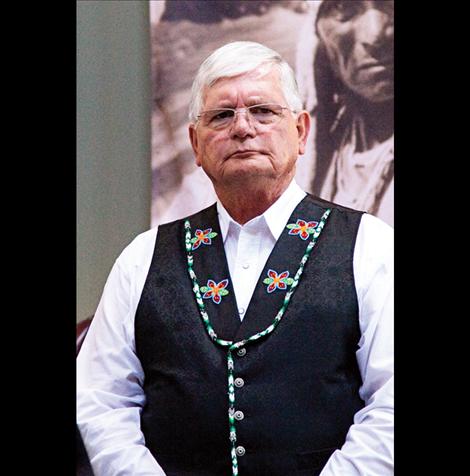
Nicole Tavenner
CSKT Chairman Ron Trahan
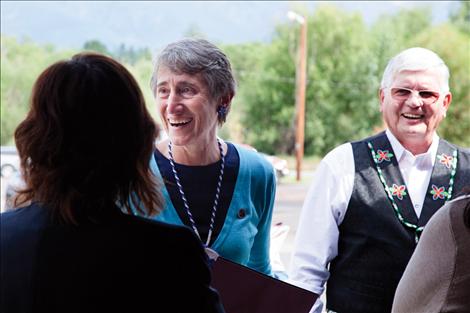
Nicole Tavenner
US Secretary of the Interior Sally Jewell

Nicole Tavenner
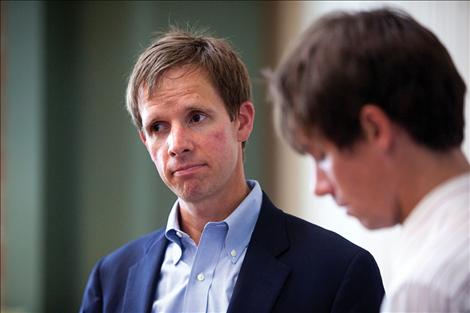
Nicole Tavenner

Nicole Tavenner

Nicole Tavenner
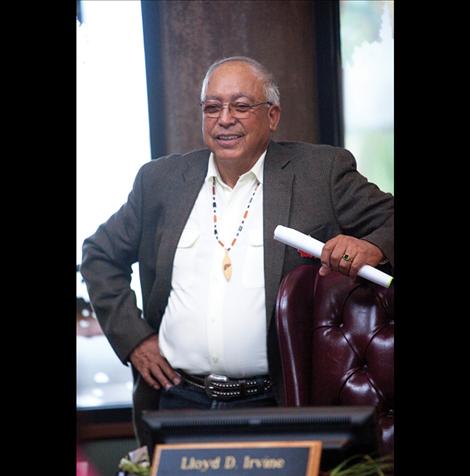
Nicole Tavenner
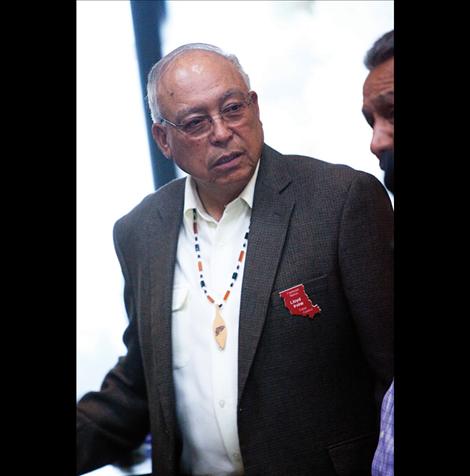
Nicole Tavenner

Nicole Tavenner
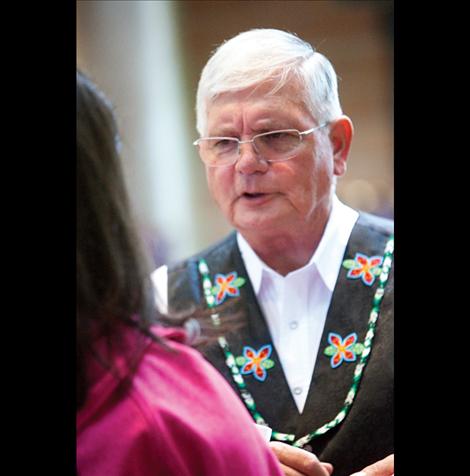
Nicole Tavenner
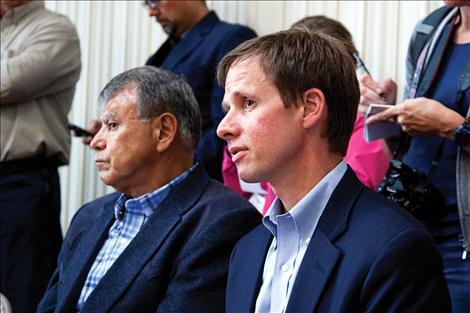
Nicole Tavenner
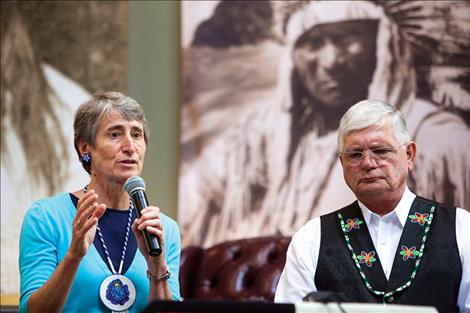
Nicole Tavenner
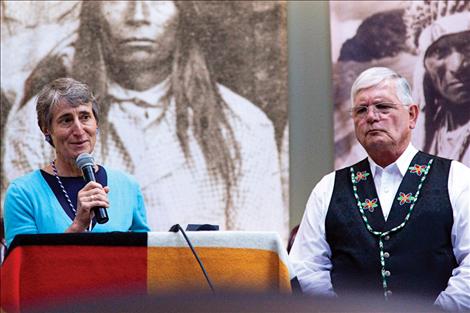
Nicole Tavenner

Nicole Tavenner

Nicole Tavenner

Nicole Tavenner
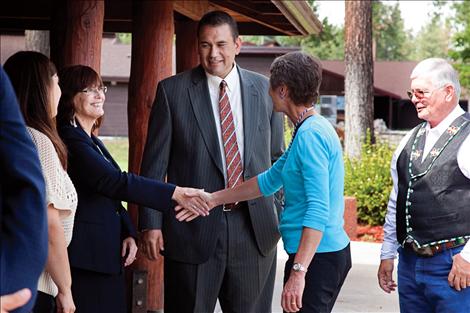
Nicole Tavenner
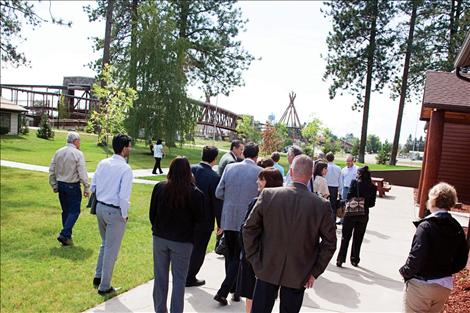
Nicole Tavenner

Nicole Tavenner
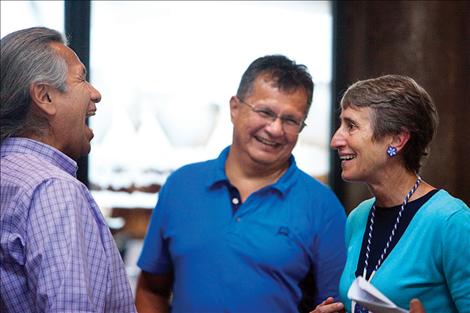
Nicole Tavenner
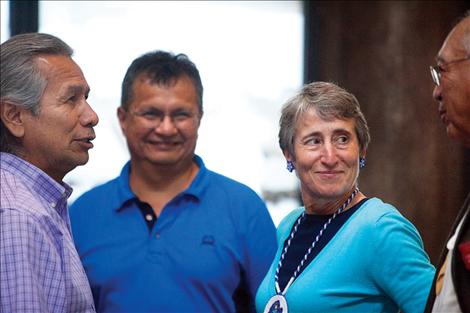
Nicole Tavenner
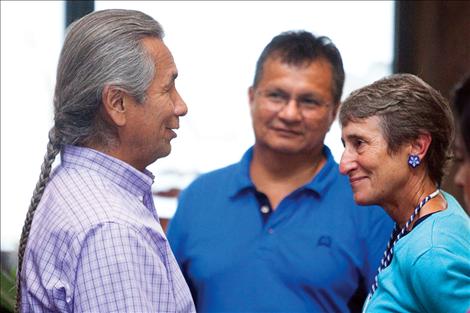
Nicole Tavenner
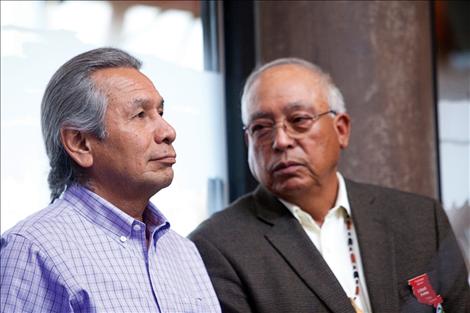
Nicole Tavenner
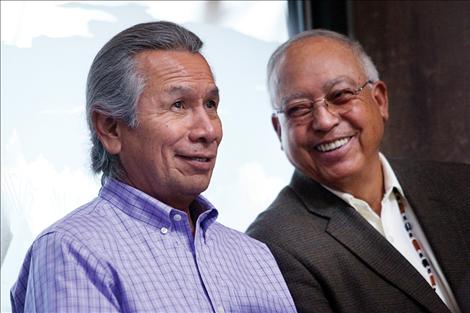
Nicole Tavenner

Nicole Tavenner
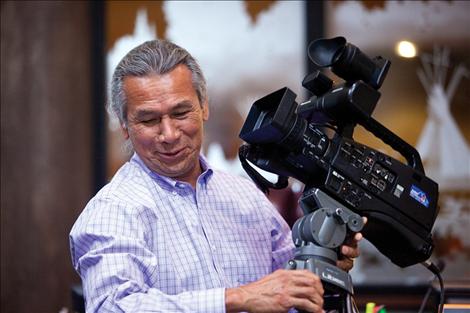
Nicole Tavenner

Nicole Tavenner
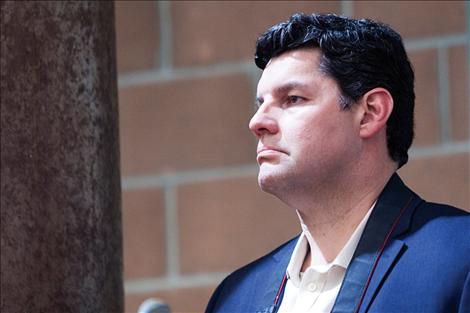
Nicole Tavenner
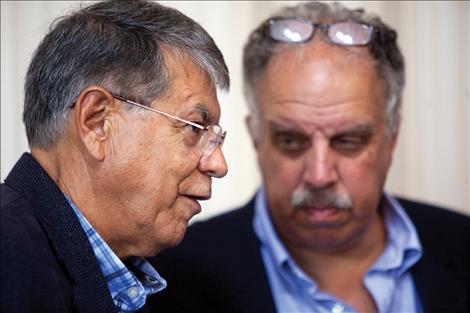
Nicole Tavenner
Issue Date: 8/27/2014
Last Updated: 8/26/2014 5:33:30 PM |
By
Megan Strickland
Keep Reading!
You’ve reached the limit of 3 free articles - but don’t let that stop you.















